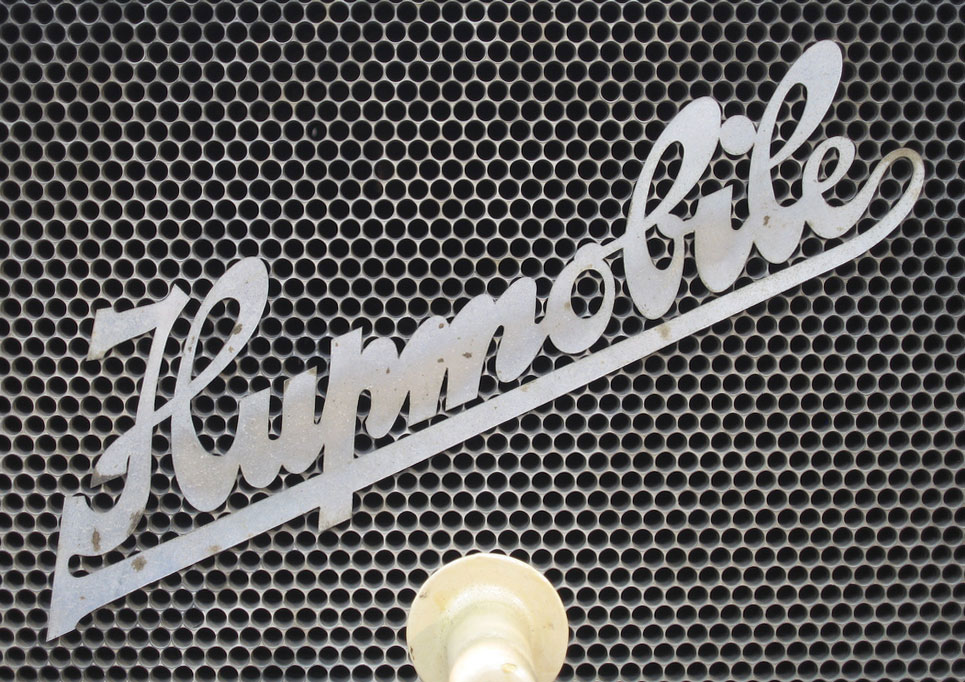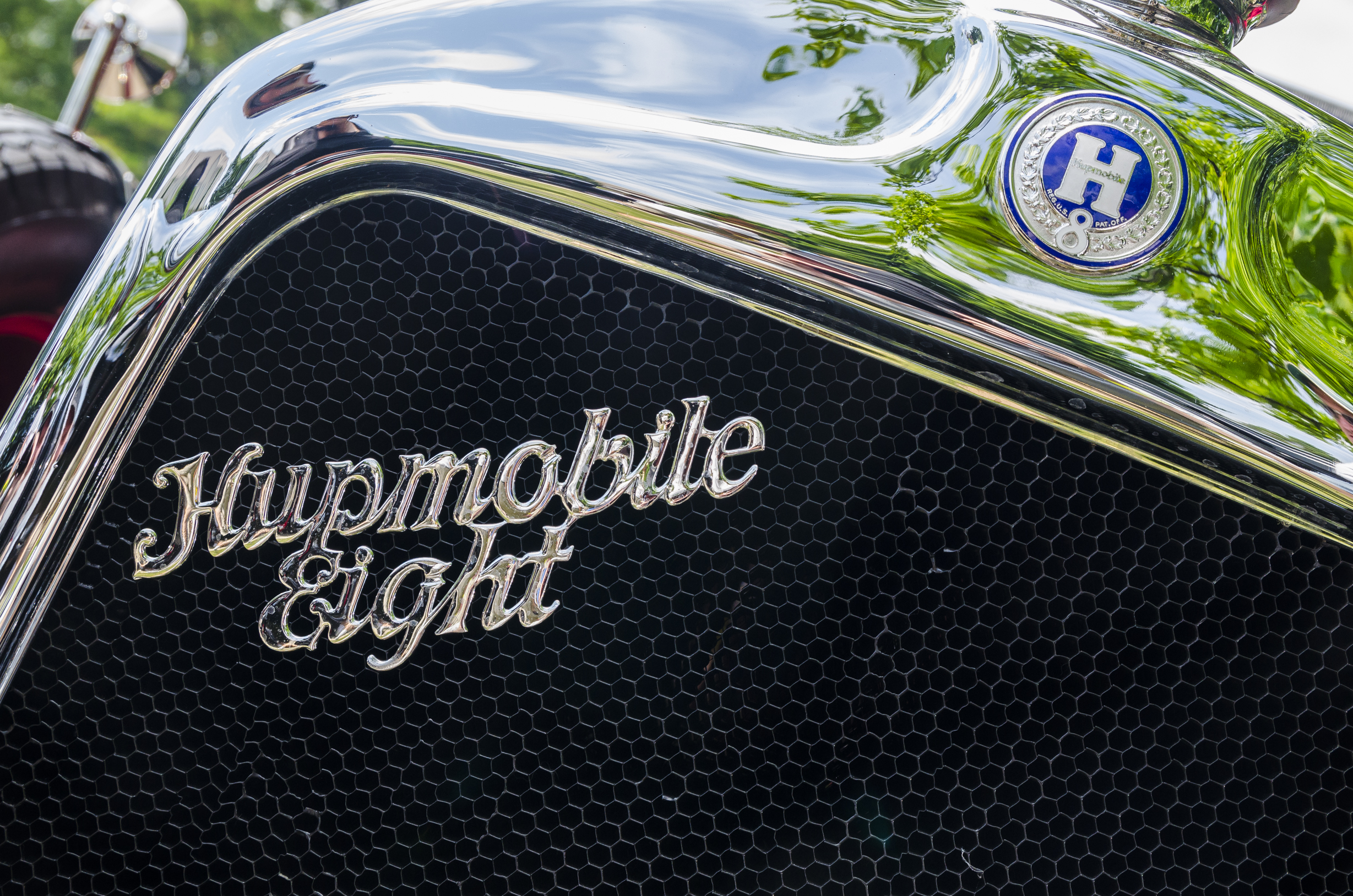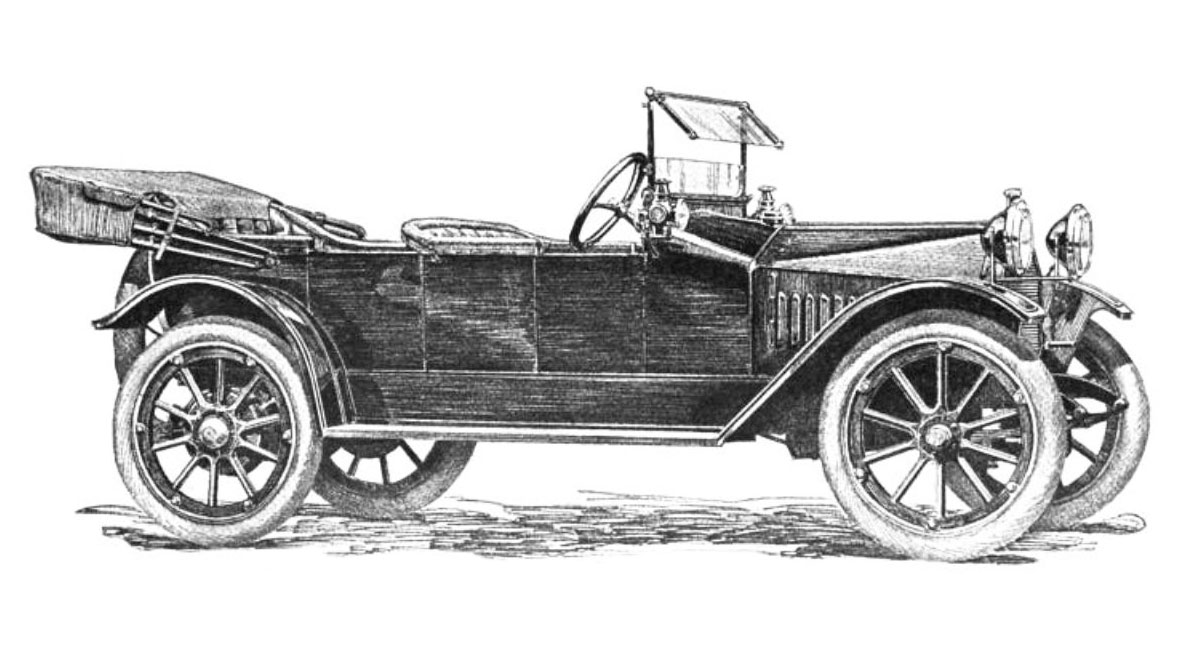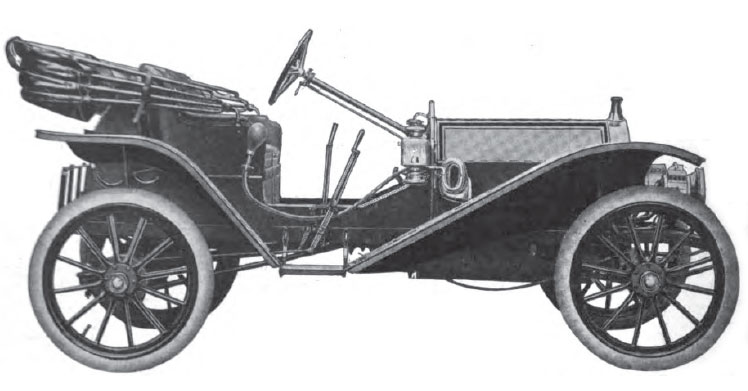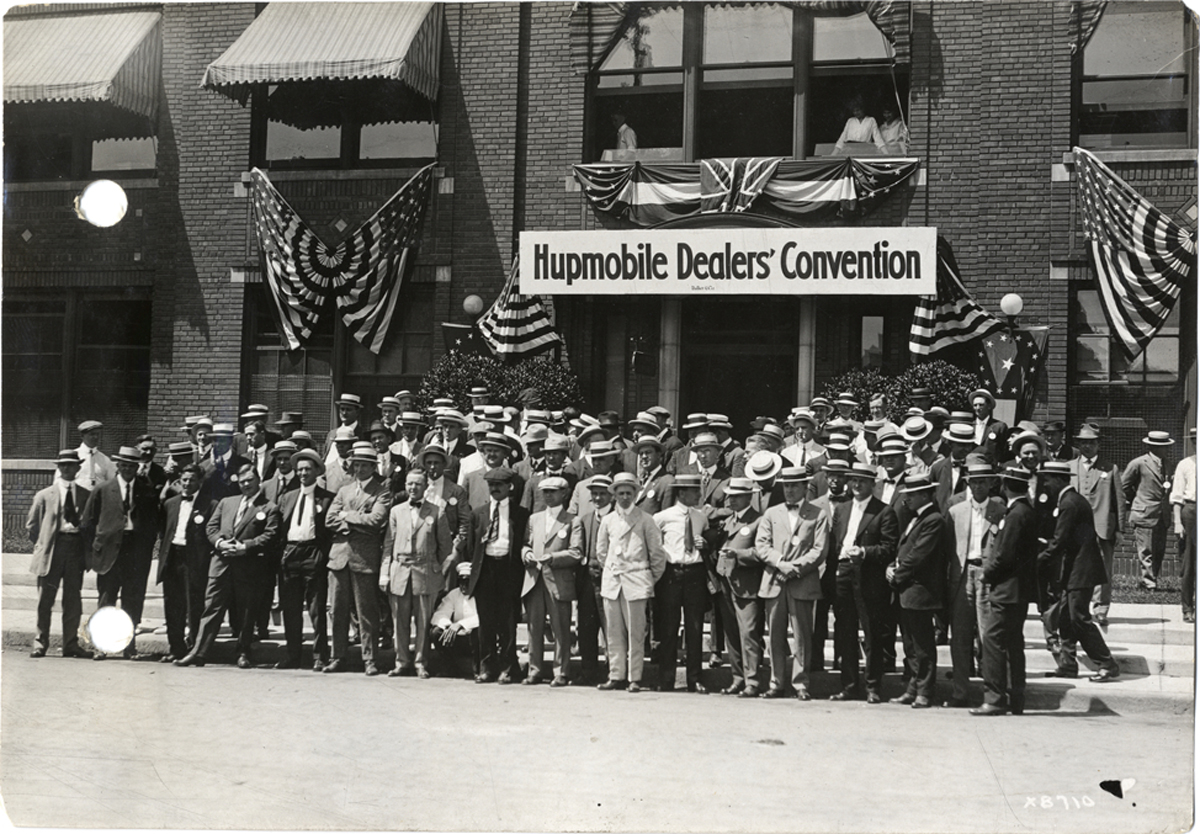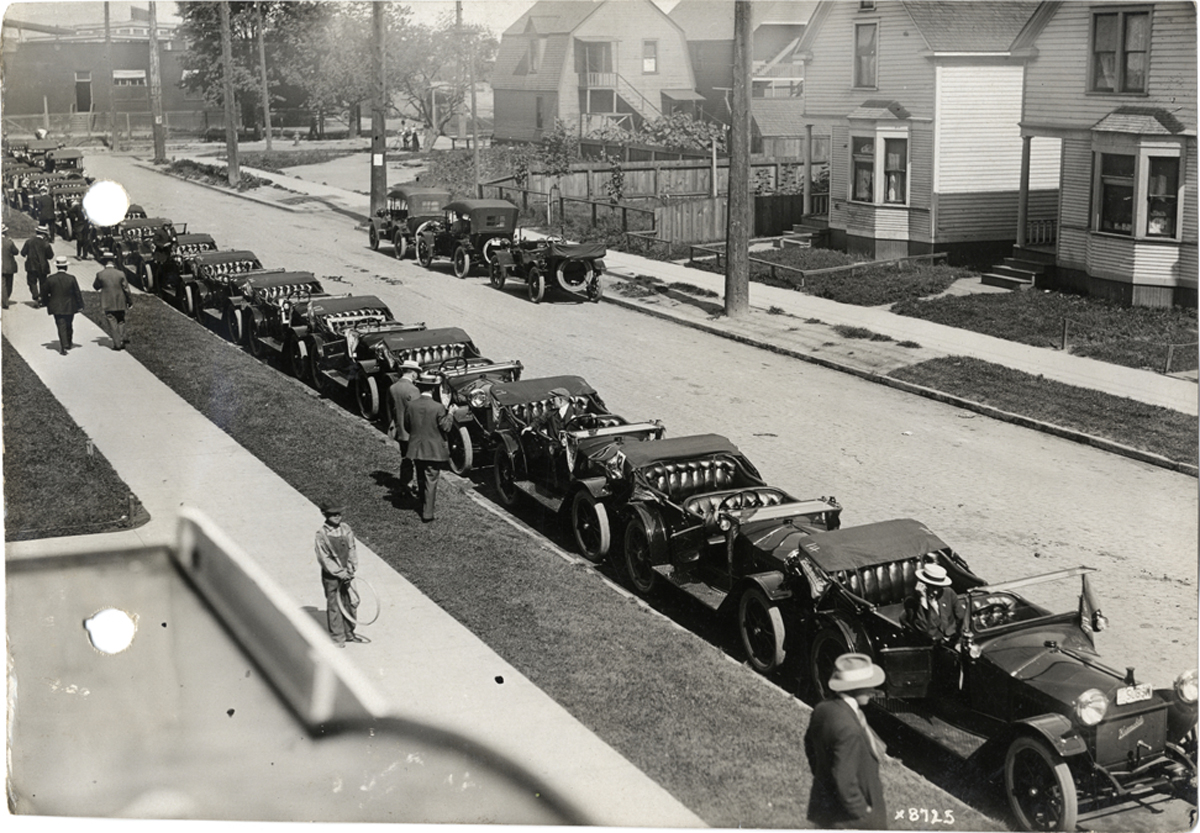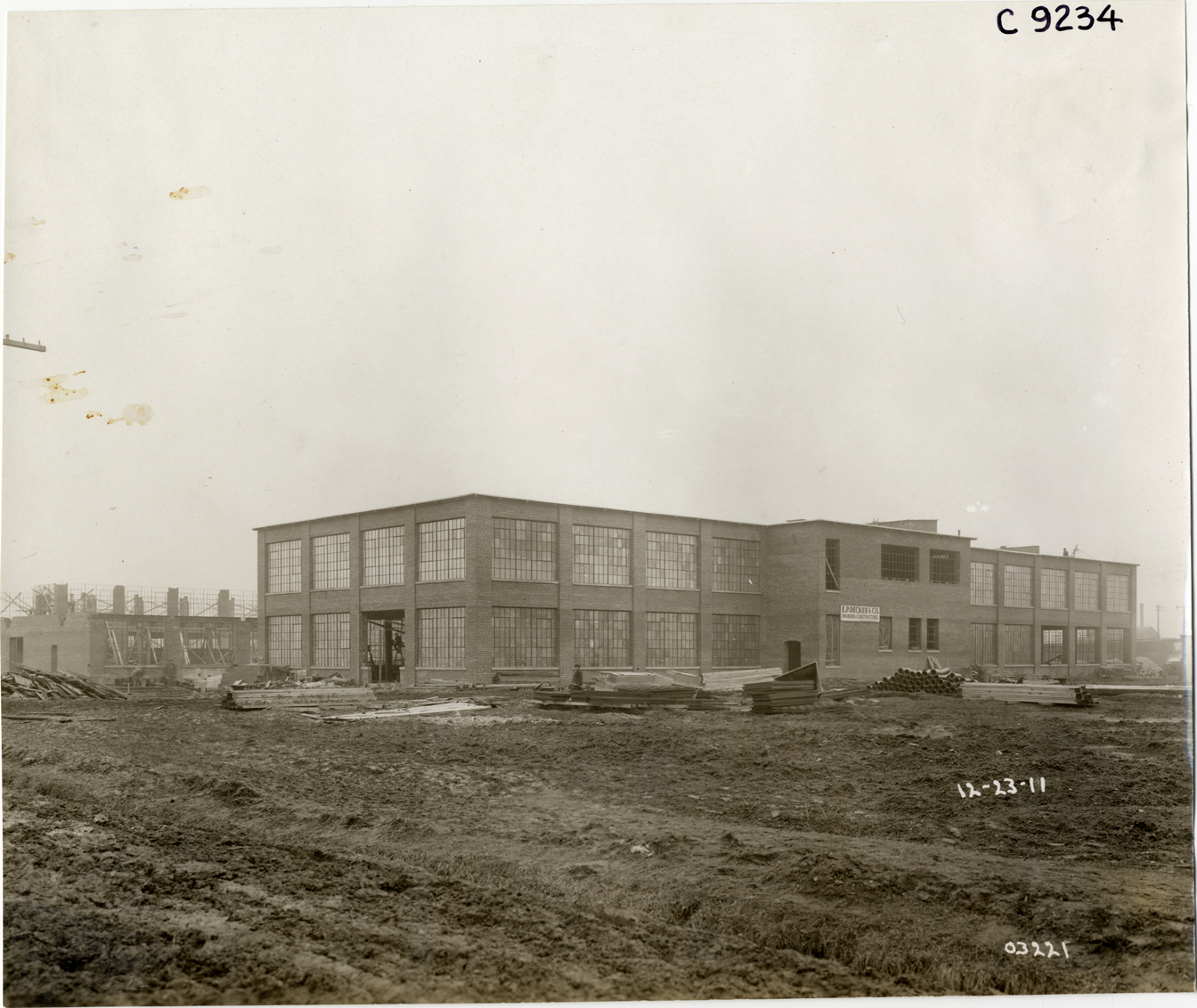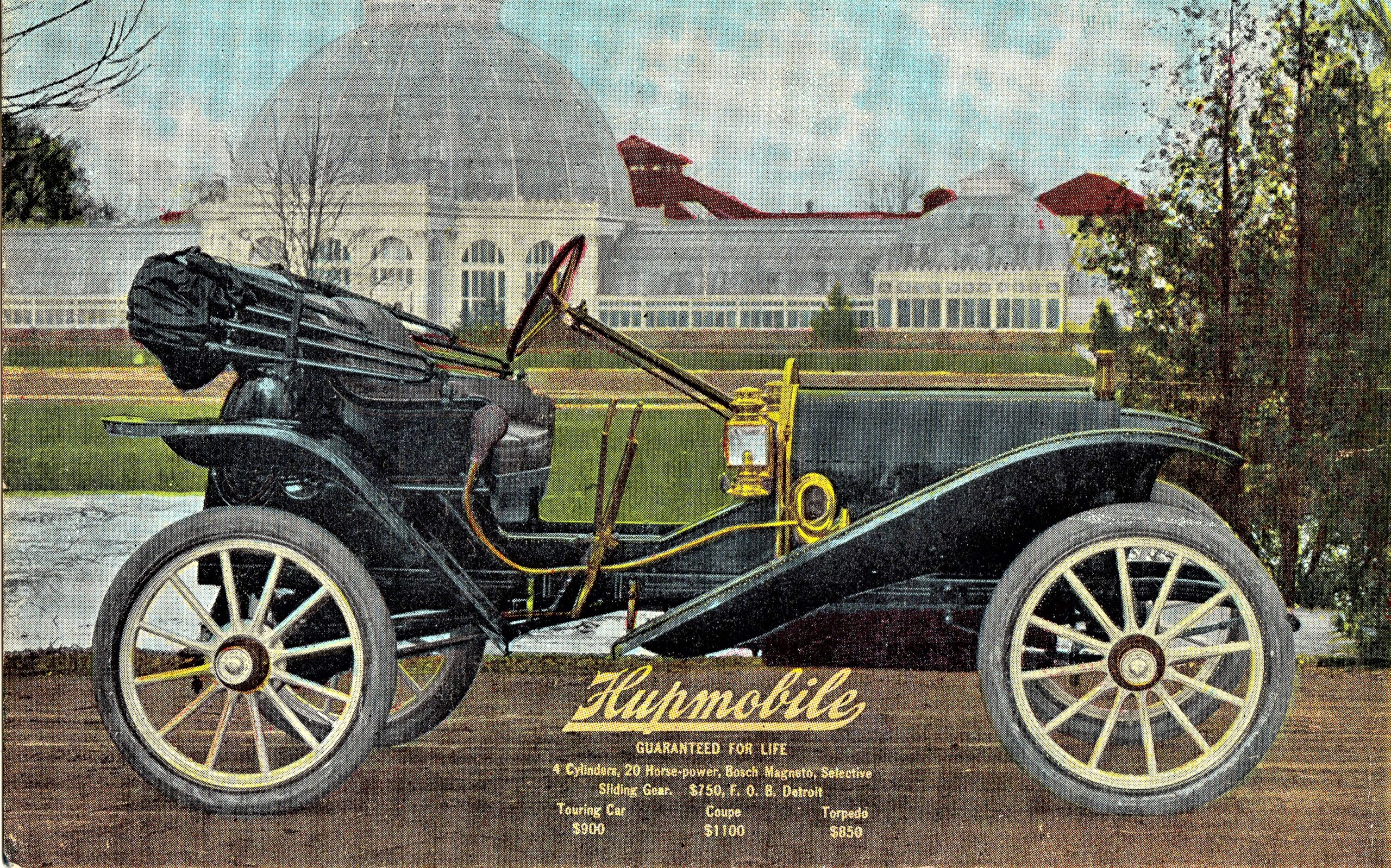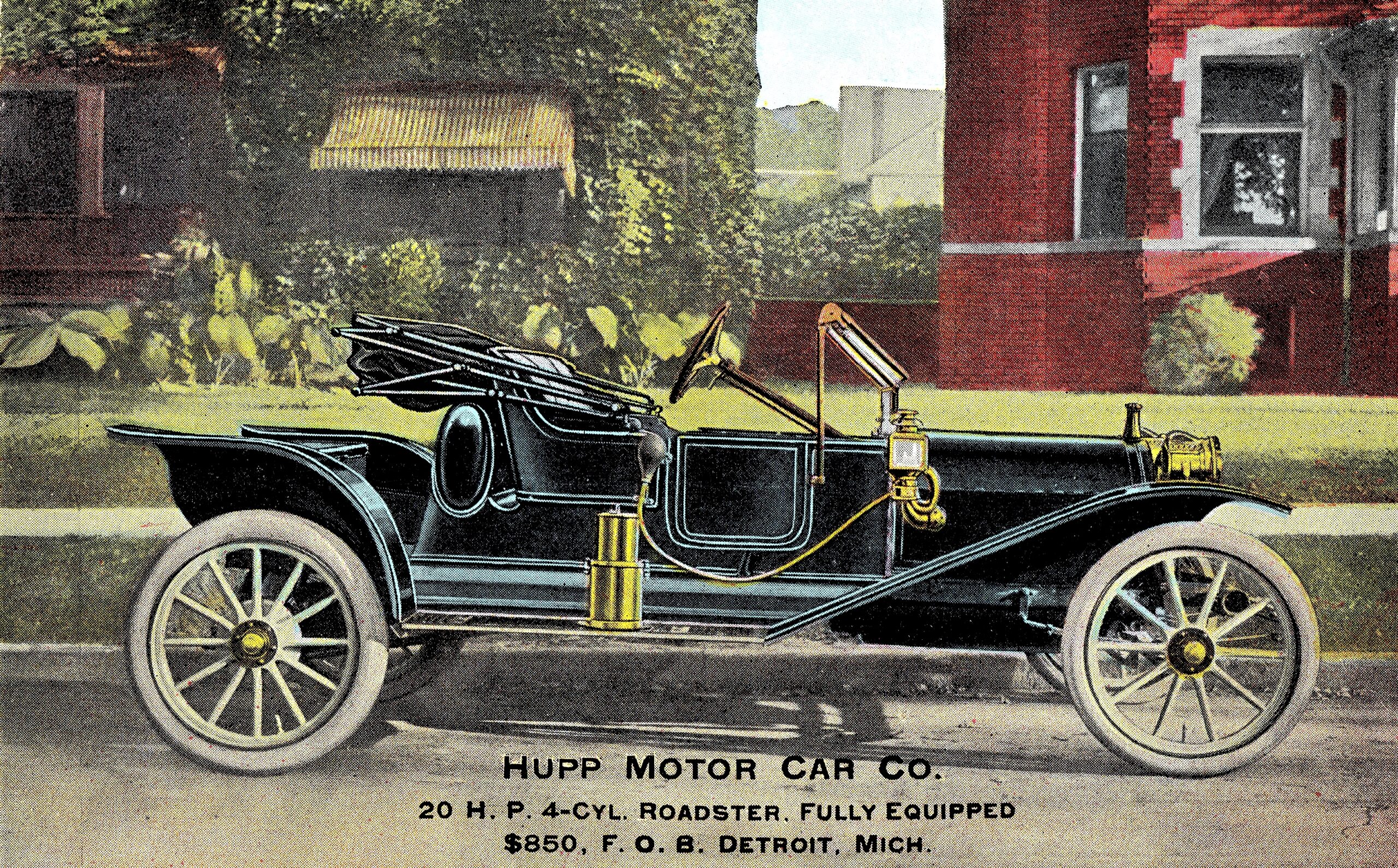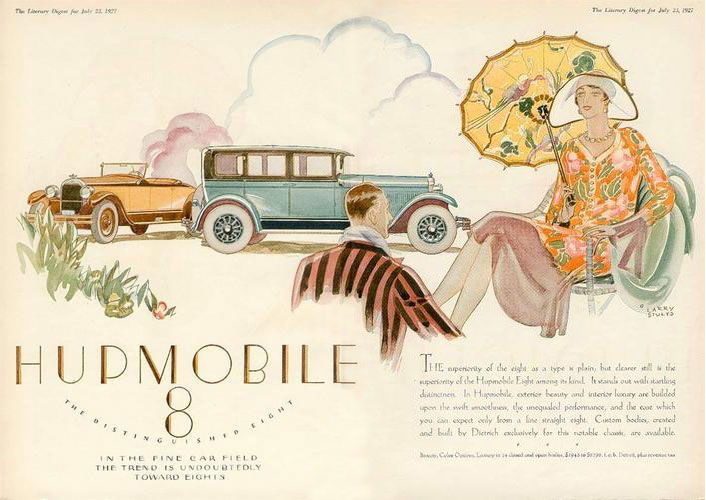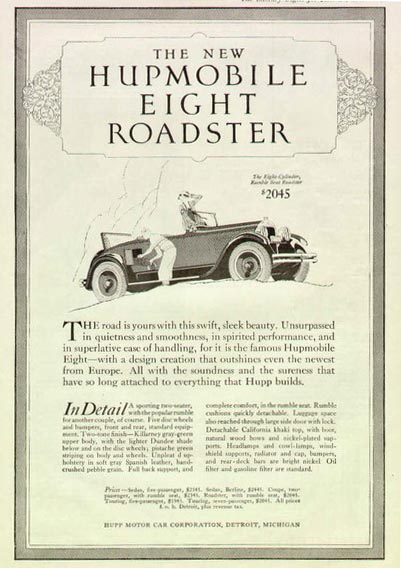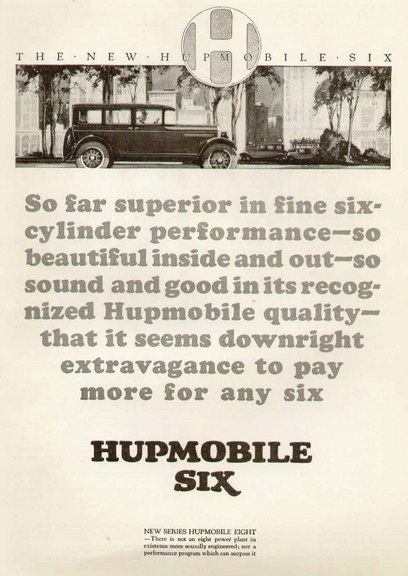The company introduced their first car, the Model 20 Runabout, in 1909. Successful from the start, the company expanded to Canada in 1911, building an assembly plant across the river in Windsor, Ontario. Production was discontinued in Canada after a few years but started up again during the Great Depression of the 1930s when protectionism resulted in high trade tariffs being imposed.
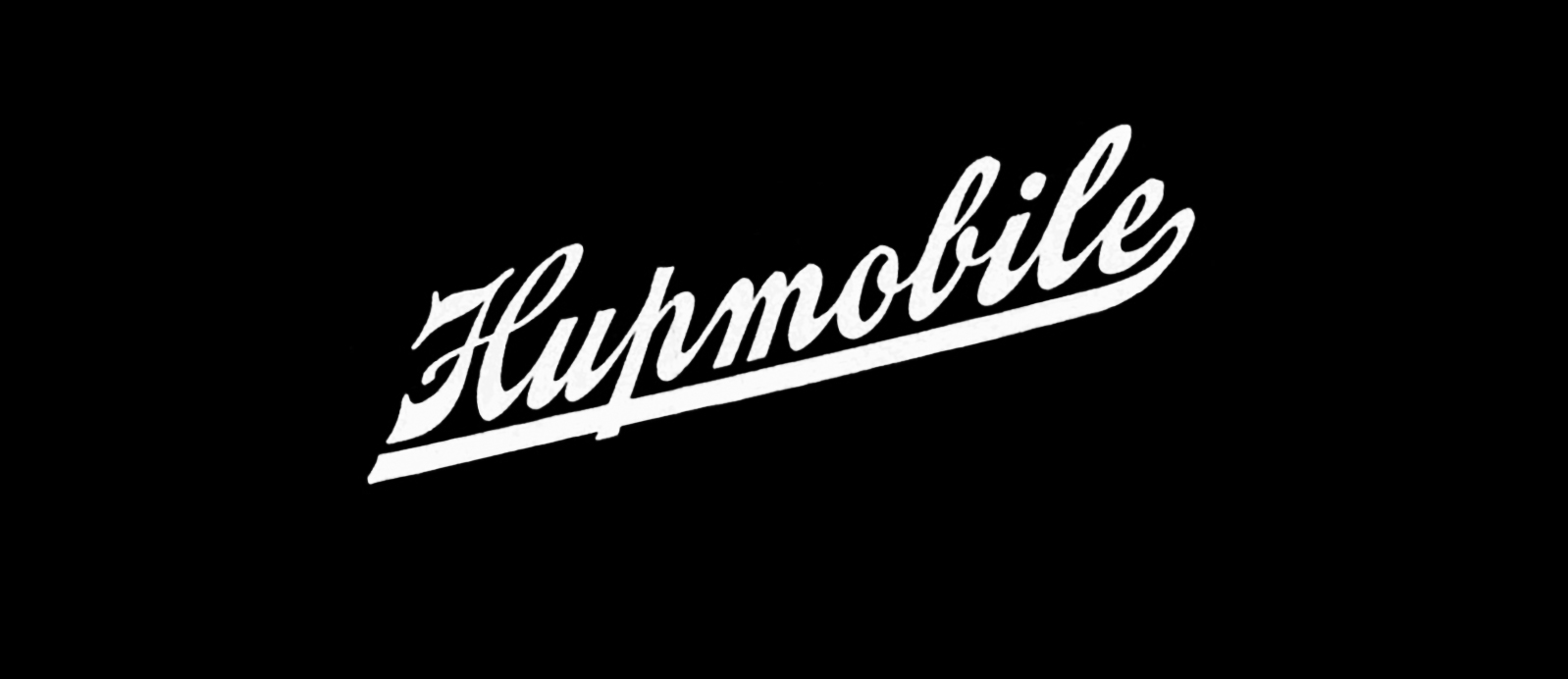
Similar to Henry Ford’s concept, Hupp’s philosophy was to build a car that the average working man could afford. The company’s vehicle met with much success in its early years, gaining a reputation for reliability and endurance. Each Hupmobile had the words “Guaranteed for Life,” engraved on the vehicle’s nameplate. In addition, it came with a number of standard features that were only available as an option on many of its competitor’s products.
Within a few years, the company was able to expand their manufacturing facilities and to increase the number and variety of models produced. In December of 1928, Hupp began acquisition of the Chandler Motor Car Co. manufacturing assets in Cleveland, Ohio and produced some of their automobiles there for the next eight years. At the 1932 Indianapolis 500 automobile race, a Hupmobile finished in 5th place, further enhancing its reputation for durability.
To deal with the Great Depression, Hupp used some of the designs by the freelance industrial designer Raymond Loewy. His 1932 design was only slightly advanced, though it won awards for beauty. But it was his 1934 design which introduced streamlining, along with the competitors Chrysler Airflow and Lincoln Zephyr. The Hupmobile had headlights which were part of the body, rather than bolted on in pods, and the lines were subtly altered from being either vertical or horizontal.
In 1937, a strike by the unionized employees brought production to a near standstill with few vehicles being produced that year. Dealers, desperate for product to sell, abandoned them and the lengthy strike, along with management’s refusal to negotiate, crippled the company commercially and financially. Over the next few years, production dwindled until 1940 when the company closed its doors permanently.

Hupmobile, called Hupp Corp. after 1946, moved its headquarters to Cleveland, where it produced freezers, air-conditioning units, and soft-drink dispensers at its 1250 E. 76th St. plant, acquired in 1944.
After 1955, when the company was bought and managed by John O. Ekblom, Hupp diversified, taking over 7 companies within a year and increasing its workforce from 400 to 4,000. As a result of internal development and further acquisitions, Hupp’s business was 45% air-conditioning and heating systems, 35% appliances, and 20% aviation and auto parts and hydraulics by 1960.
In 1967 Hupp became part of White Consolidated Industries, Inc. and Hupp’s Hercules Engine Works was sold to White Motor Corp. In 1986 White Consolidated sold Hupp to Blaw-Knox Corp. of Pittsburgh, which had also been part of White at one time. As a division of Blaw-Knox, the firm maintained its facilities at 1135 Ivanhoe Road where it employed 340 workers, making automotive climate control systems and light commercial air conditioning equipment.
In 1990 Blaw-Knox sold Hupp to Sunderland Industrial Holdings Corp., a Washington financial holding company who reorganized it as Hupp Industries, Inc. Hupp Industries filed for bankruptcy under Chapter on November 11th, 1991, a move attributed to improper pricing of its products. At that time the company had assets of $27.3 million and liabilities of $28.9 million.
(A portion of this article is licensed under the GNU Free Documentation License. It includes content from this Wikipedia article.)
